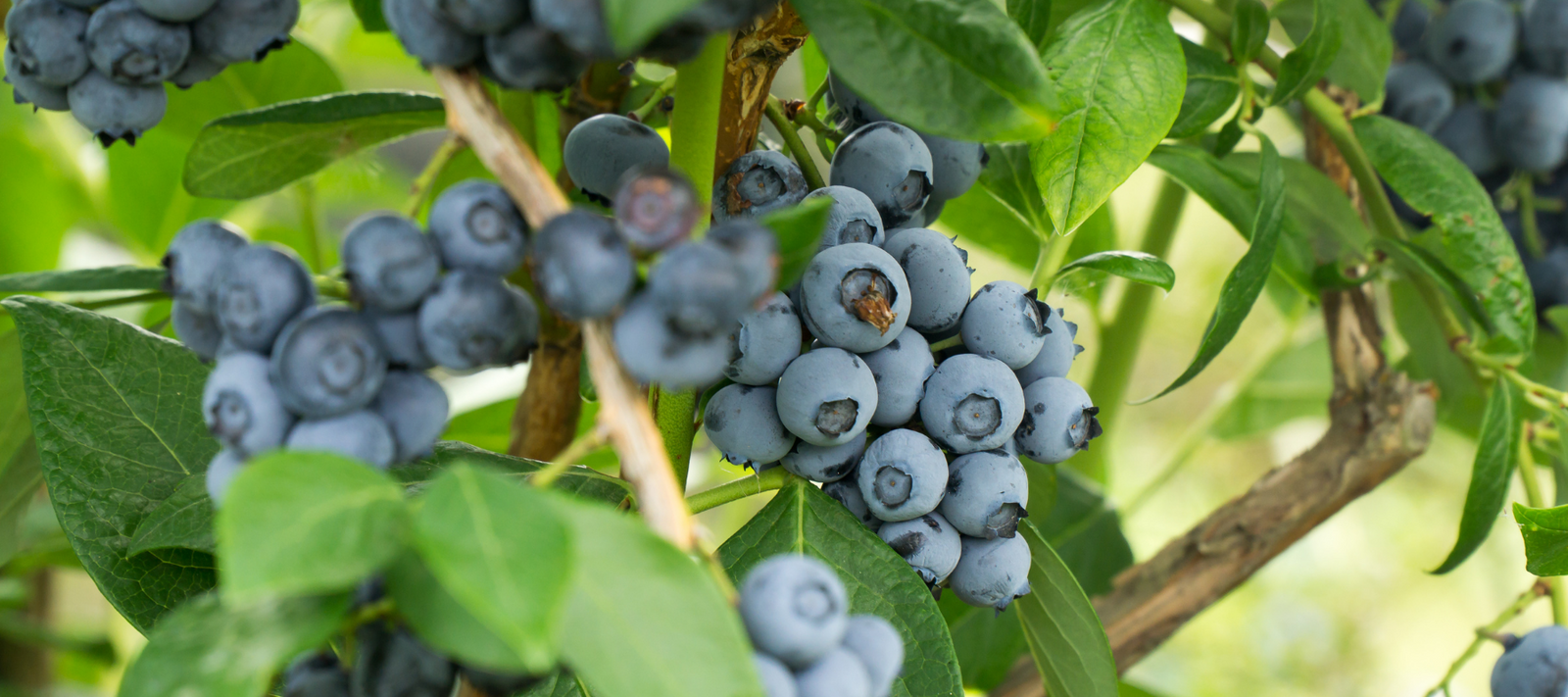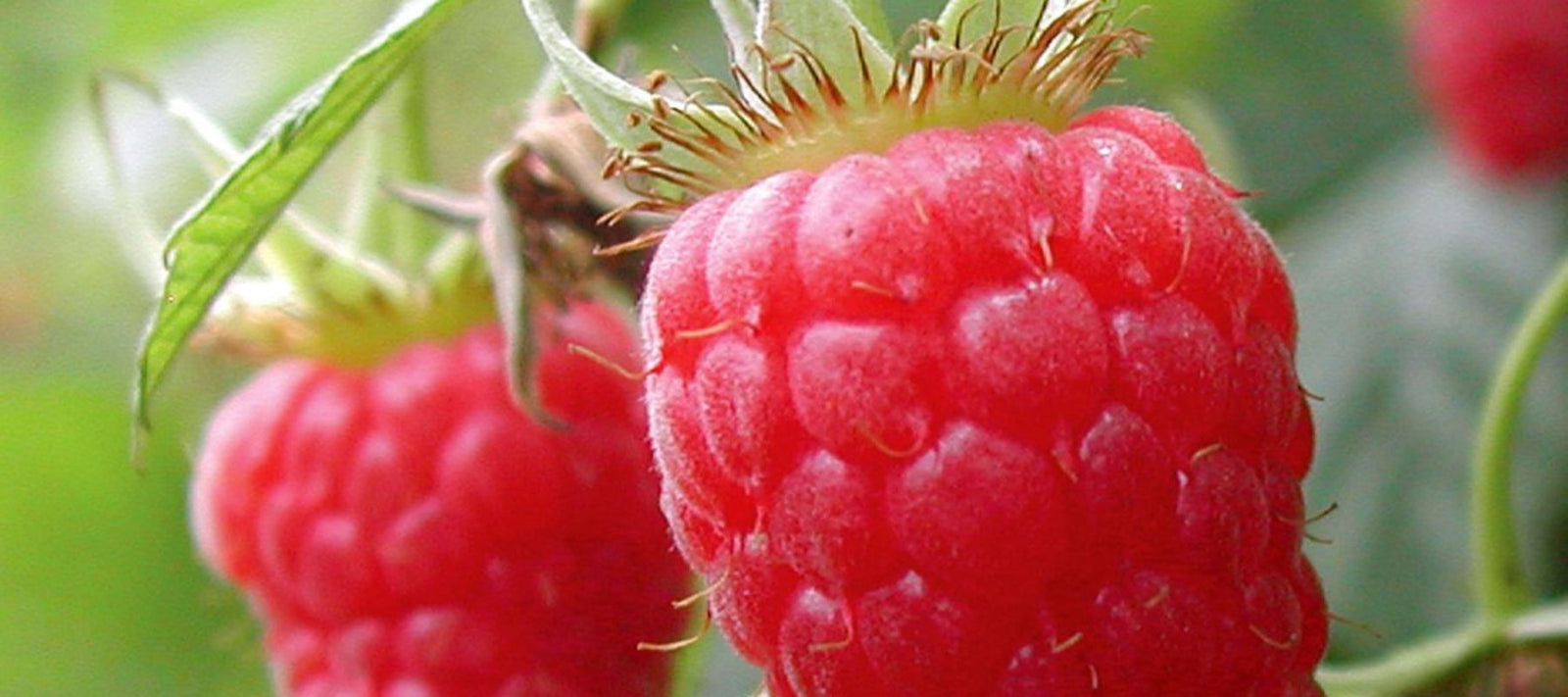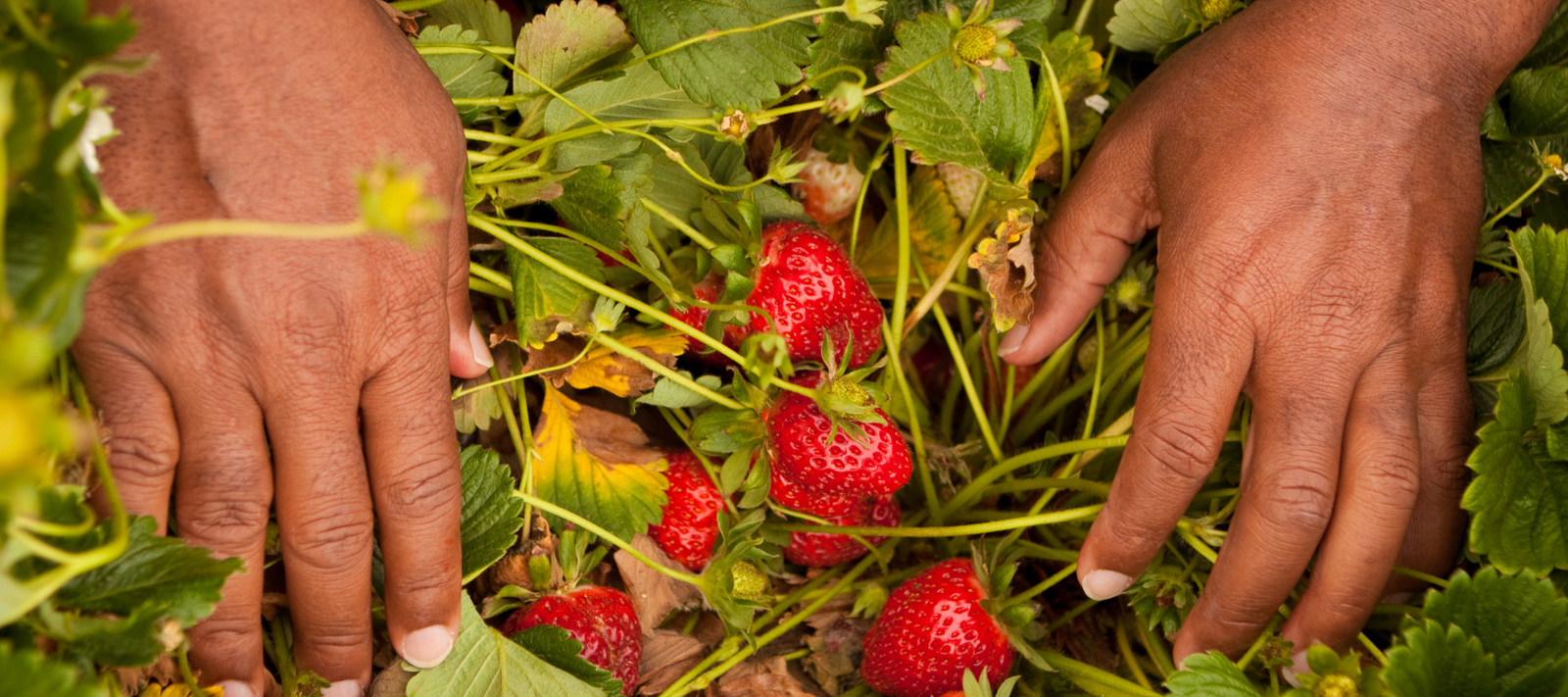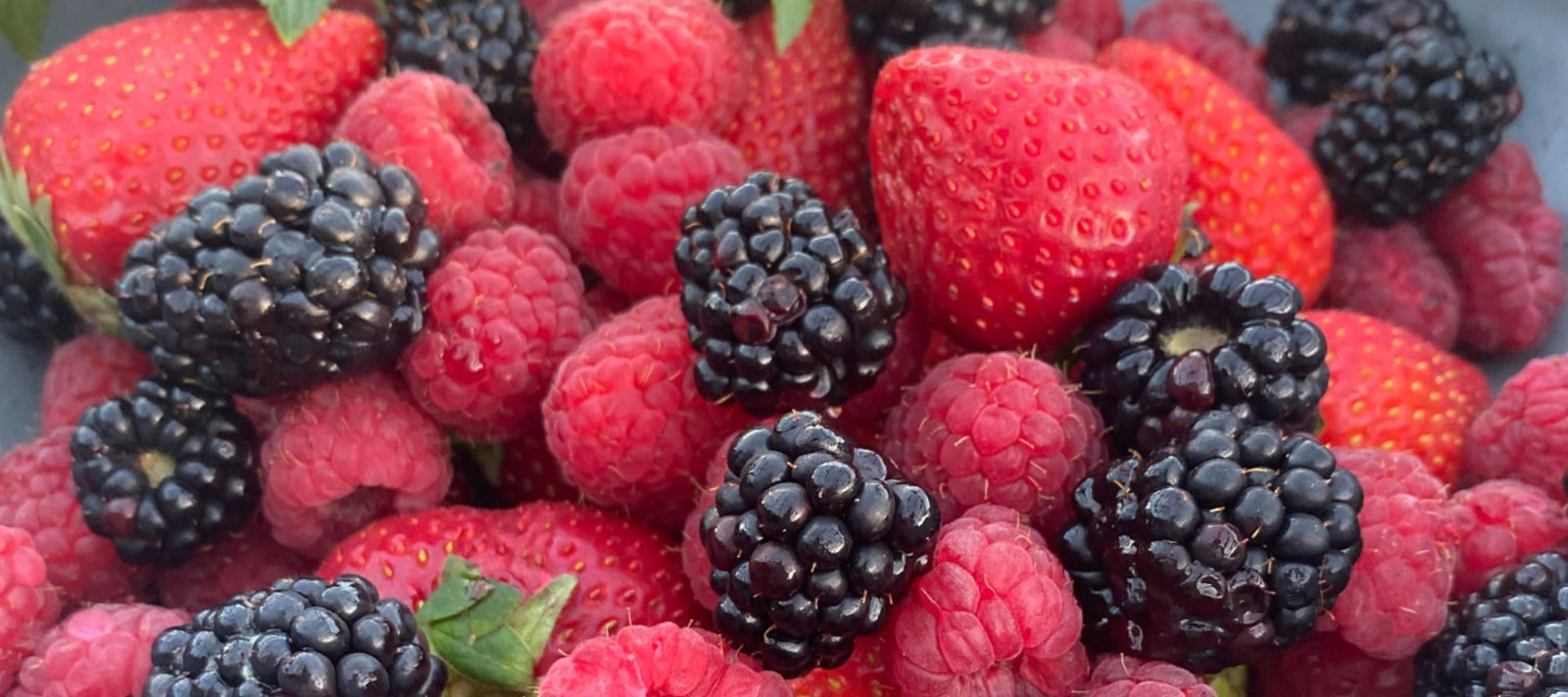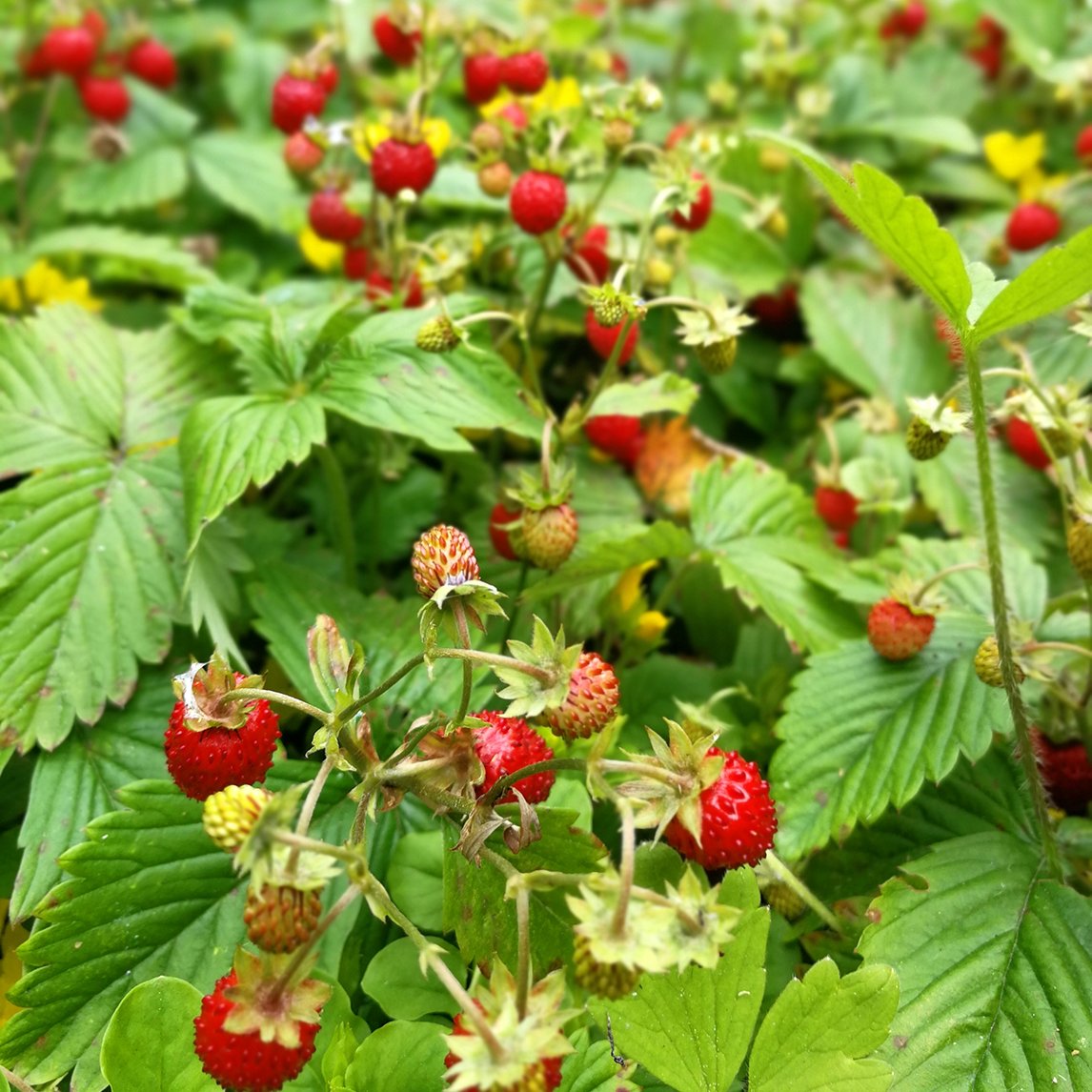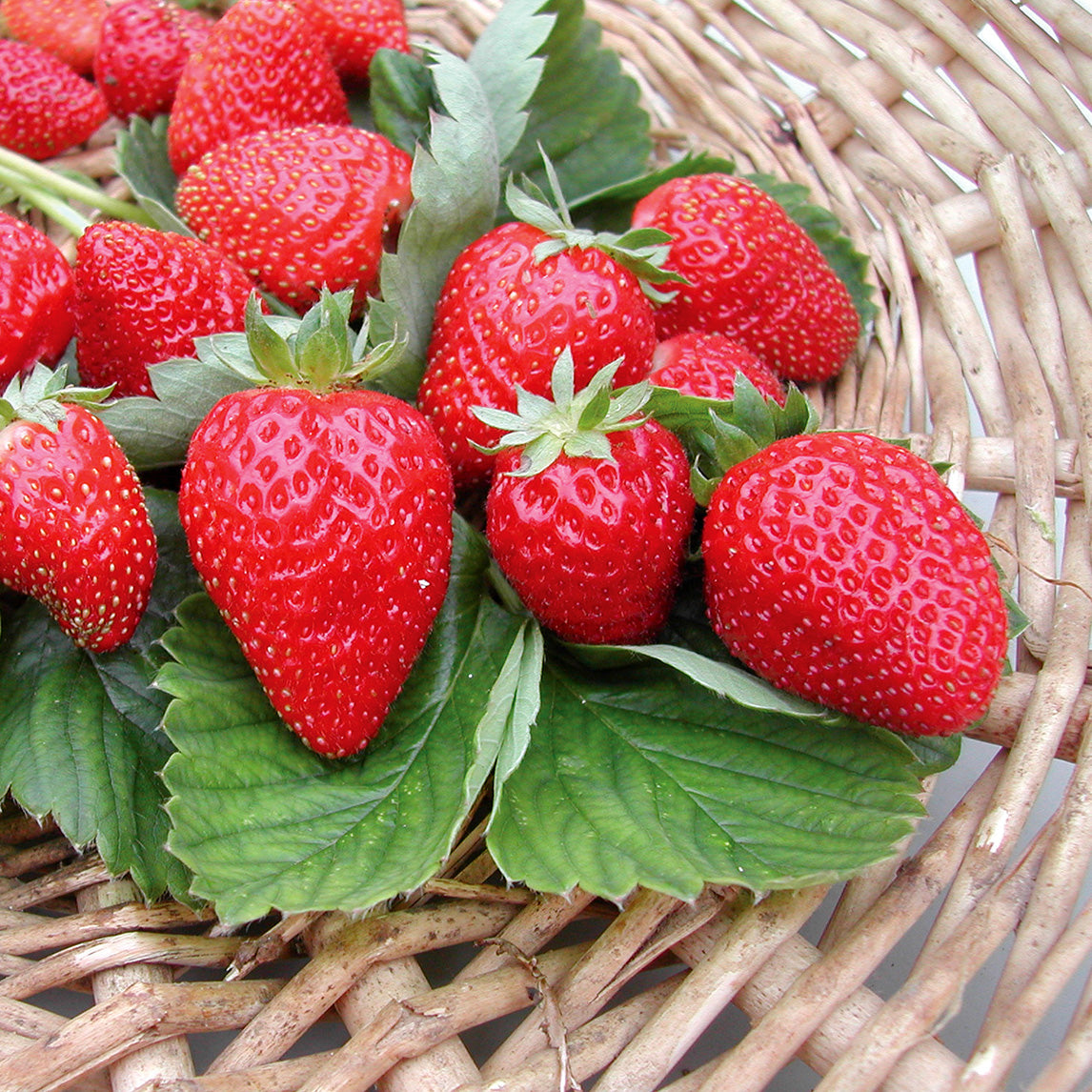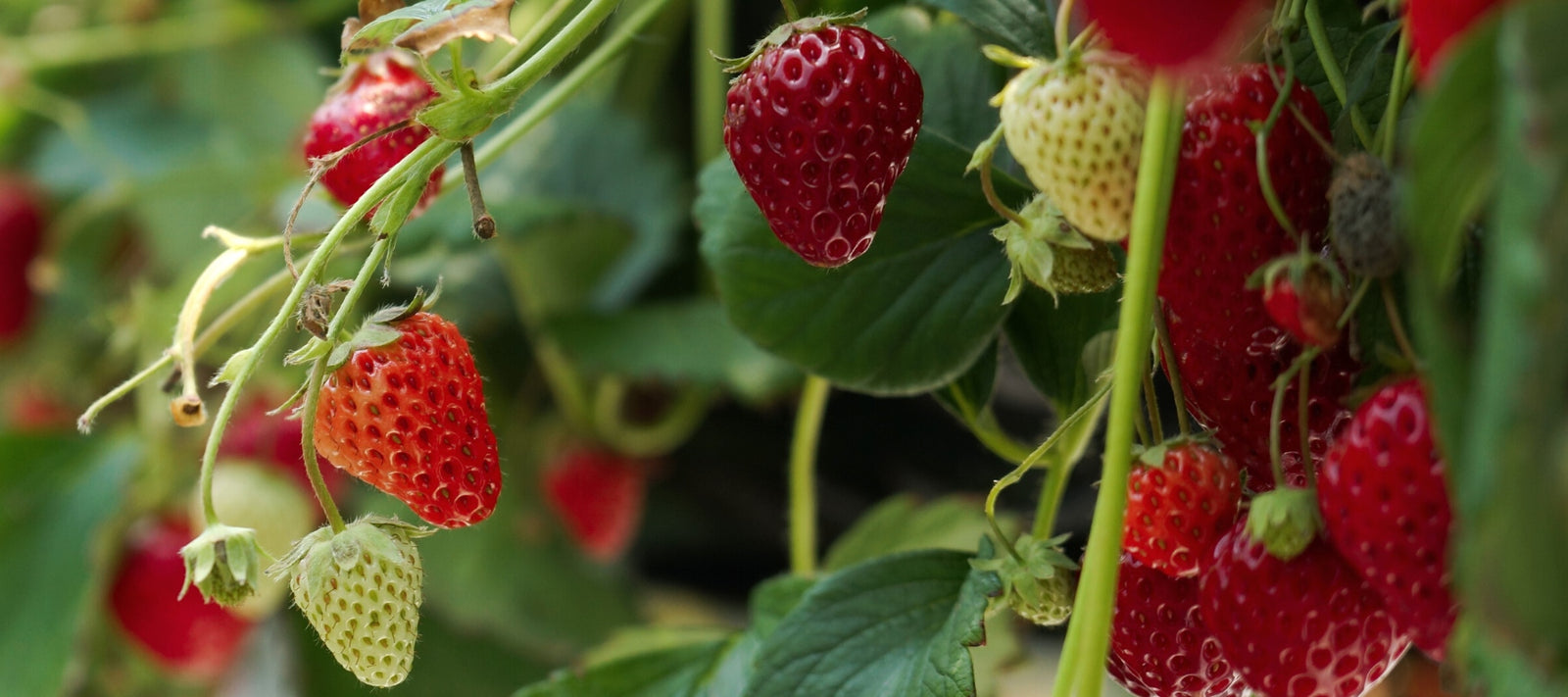
Strawberries epitomise the leisurely, aromatic, and sweet essence of summer days. In fact, their generic name Fragaria means fragrant. This may come as a surprise when strawberries in the shops are neither sweet nor fragrant – just large and hard.
The most suitable berry for gardens of all sizes, strawberries are easy to grow and highly productive in most climate zones. Grow in garden beds, pots and hanging baskets.
Home-grown heirloom strawberries, unlike those packed in punnets, are selected for flavour over storage and transport suitability.
Highly fragrant, look to plant potted strawberries from spring to autumn and strawberry runners in winter, when they become available. Strawberries can also be grown from seed, which is perfect for mass sowing as an edible groundcover in food forests and gardens.
The woodland and alpine strawberries make dense groundcovers in sun or part shade. The larger-fruited varieties can be also be grown as groundcovers, although these are most often grown in garden beds, pots, strawberry towers and hanging baskets. The non-running types are the most suitable for pots.
Strawberries do not only provide delicious fruit, they strawberry fruit is also nutritious providing several key health benefits including antioxidants and fibre! Did you know that six strawberries gives you all the vitamin C you need in a day? That's even more reason to grow them yourself.
Planting potted strawberries
Plant potted strawberry plants year round in Australia. If planting in soil, enrich with aged compost and manure prior to planting. If growing in pots and containers, always use a organic potting mix for growing food plants like strawberries.
Water plants prior to planting with a weak seaweed solution, and again after planting.
Choose a position in full sun for maximum fruiting, although alpine varieties will tolerate more shade.
If planting into the ground, ensure plants have good drainage by mounding the soil into rows. Alternatively, plant in raised beds.
Each strawberry plant needs an area of around 30cm to grow and fruit well. Keep plants well watered throughout their active growing and fruiting period. Mulch to improve moisture retention and to keep the developing fruit clean. Net when fruiting begins and protect young plants from frost.

Planting strawberry runners
Strawberry plants are available as bare root runners when dormant in winter. If you want to grow a large strawberry patch, runners are the answer because they are easier on your hip pocket, and quick to establish.
Planting strawberry runners is easy, just follow the 3 simple steps below.
Step 1
- When the runners arrive unpack them straight away. They are dormant, not dead.
- Remove the packaging and rinse the roots in fresh water.
- Remove any dead leaves using scissors or secateurs.
- Always plant bare root plants on the same day that you unwrap them!
Step 2
- Plant into a moist soil enriched with compost. Look at the runner to check planting depth.
- If the roots are long, trim to around 10cm and plant them pointing straight down.
- Don’t allow the roots to ‘double back’ when planting.
Step 3
- Water the plants immediately after planting.
- Water periodically throughout the cooler months. Increase watering as the days begin to warm in spring.
- Protect young plants from frost until established. Apply fertiliser in spring and be ready to net your crop in summer.
Download our guide to growing strawberry runners here.Want more? Watch our video below.
Cultivation
Plant strawberries in Australia in all climates from Queensland to Hobart, Melbourne to Perth. They are sensitive to frost, but plants can easily be protected by frost-cloth or a 10cm layer of straw mulch over the winter. If you garden in a frosty area, choose a site where cold air can drain away - like half way down a slope rather than at the base where cold air gathers.
Plant strawberries in a fertile soil enriched with plenty of organic matter. Soils should have a pH of 6-6.5. Practice crop rotation and avoid planting strawberries where tomatoes, eggplants, potatoes or raspberries have been growing. These crops can harbour Verticillium, a debilitating pathogen of strawberries.
Good air circulation, drainage and constantly moist soil are essential. Strawberries have a small root system, so they are prone to both drying out, and drowning in boggy soil. Solve this problem by building up your bed to ensure well drained soil and use drip irrigation to water them efficiently. With lush green leaves, strawberries require adequate spacing to help prevent grey mould and most fungal diseases.
Strawberries are also easily overshadowed by weeds that compete for moisture and nutrients. Good weed control is vital.
A northerly to north-easterly aspect is optimal, however for casual garden grazing the woodland and alpine strawberries will produce well with just morning sun.
Plant strawberries with borage, beans, sage and spinach when practising companion planting and avoid brassicas, solanaceous plants and garlic.
Protect fruit from slugs and snails by using beer traps or copper wire tape.
Virus free strawberries
Strawberries can be subject to all sorts of pests and diseases, such as snails & slugs. The most serious are viruses that can build up over time.
Always buy certified virus-free plants and replace plants every four years. This is easily done by selecting strong young runners to replace older plants.
If any plants are affected by virus-yellow random streaks on the leaves, lift and burn the lot, and plant new patch of strawberries elsewhere.
Fungus, brought on by damp conditions, is the next challenge. Plant your strawberries so they get good morning sun to dry the dew quickly. Spraying with seaweed solution every few weeks keeps strawberries healthy, and copper sprays in autumn and after harvest can also minimise fungal problems. Eco-Fungicide will also help to control a large array of fungal issues, but good garden hygiene and air movement is key.

Planting strawberries in pots
Strawberries grow very well in pots, containers and hanging baskets. Always use an organic potting mix when growing food crops. Growing readily in pots, be sure to water regularly to maintain adequate soil moisture.
A water spike can help to provide reliable moisture, or look for self-watering pots. Apply a seaweed tonic every month to help maintain optimal health.
Varieties
Old fashioned strawberries including heritage varieties produce fruit from late spring to summer but there are also some newer varieties that are called ‘day neutral’ plants that will fruit from spring well into autumn. It is best to plant a combination of both for maximum fruiting.
Summer varieties
These berries are harvested in the early to mid-summer and are regarded as the most delicious, robust, and highest producing among all strawberries. Following the harvest, the plants generate numerous runners. To avoid overcrowding that can lead to disease and smaller berries, it's necessary to refurbish the bed.
Choose and eliminate robust runners to replant and substitute older plants. Make sure there is a least 20-30cm of clear space between your rows, and thin your plants so they are 20cm apart – replacing old plants with the new runners you have selected.
Cut back the leaves, apply fertiliser and water well. While they may look a little sad for a short while, plants will quickly regenerate and eaves will grow back luxuriantly. The leaves in turn feed the crown that forms next year’s flowers and fruit.
Day neutral strawberries
Unlike traditional strawberry varieties, day-neutral strawberries aren't bound by seasonal constraints, yielding fruits throughout the growing season. These cultivars thrive in diverse climates, enabling year-round production, helping to extend typical strawberry seasons. Popular varieties include the pink flowering Strawberry 'Tarpan'.
Everbearing varieties
These strawberries yield a few berries in the summer, but their production significantly increases throughout the autumn until halted by chilly winter weather. While they may not be regarded as gastronomically equivalent to summer strawberries, they are still far better than anything you can find in stores. They are smaller plants and can be planted from 12 to 20cm apart and should be mulched immediately. They dislike high soil temperatures, so 10cm of straw should be enough to keep the soil cool. Popular varieties include Strawberry 'Cambridge rival' and Strawberry 'Chandler'
Ever-bearers also require more nitrogen than others, so keep up with the blood and bone. Replace your ever-bearers every three years, as they do not respond well to renovation.



